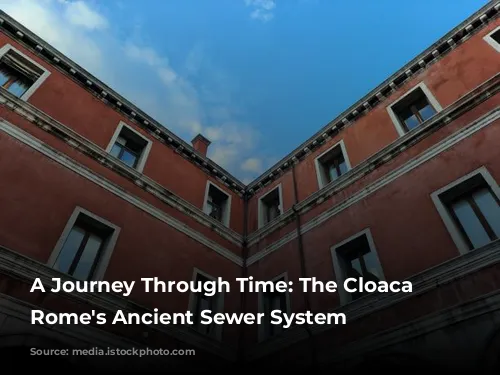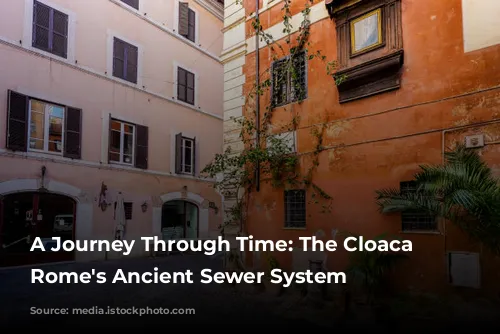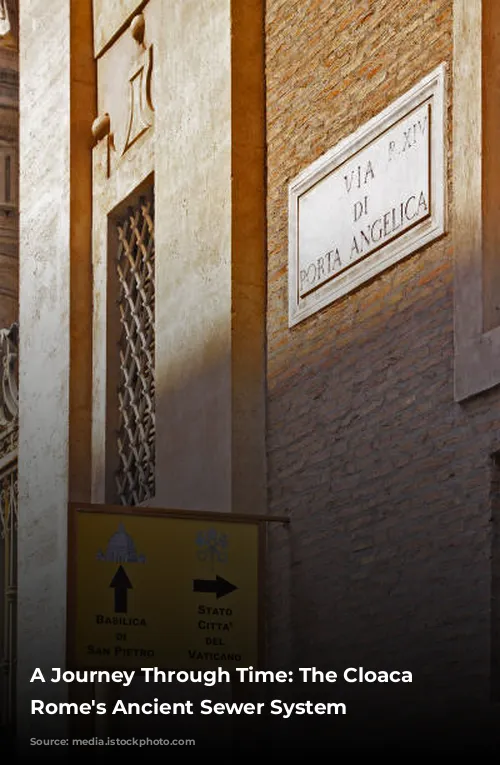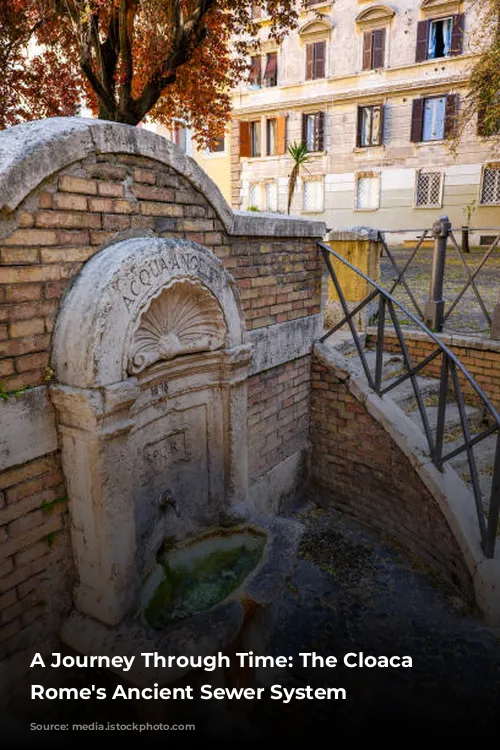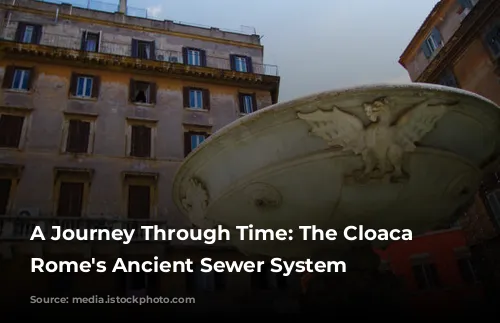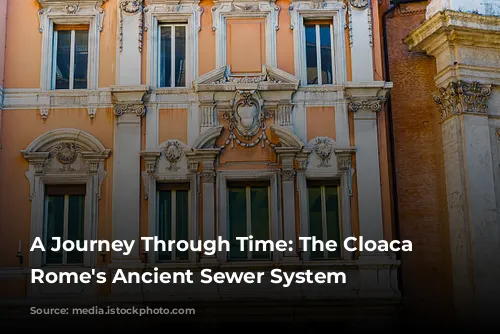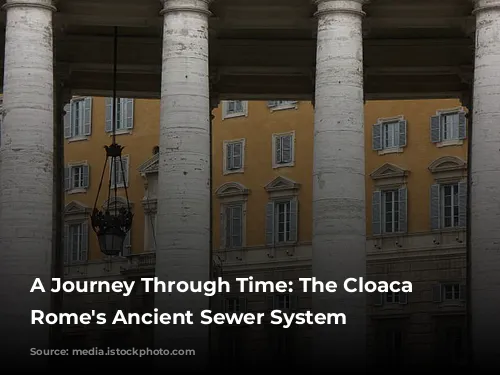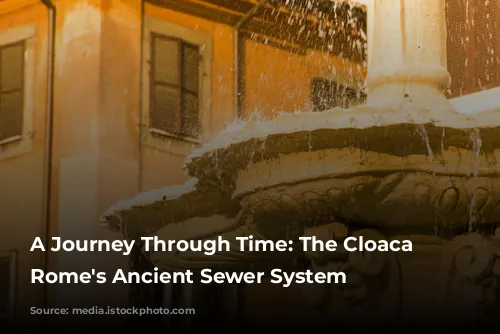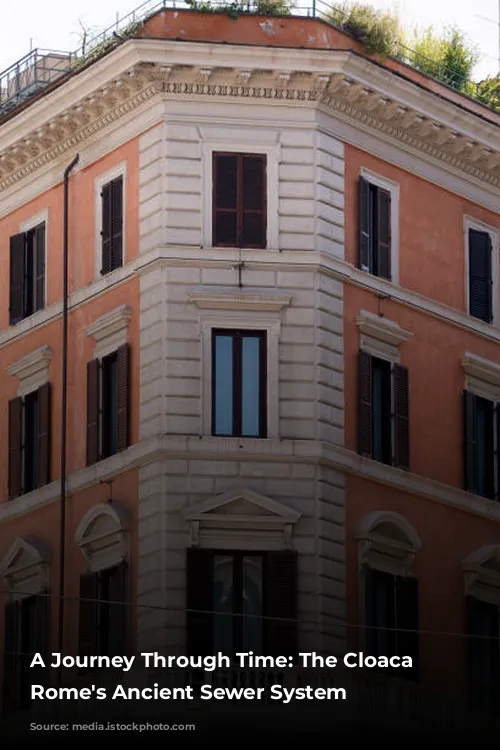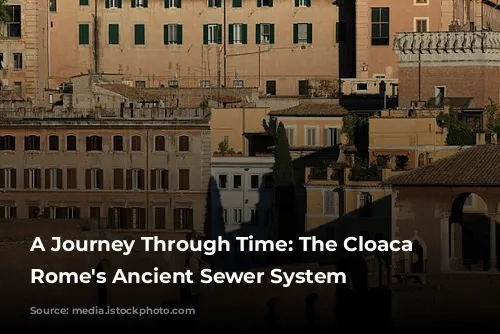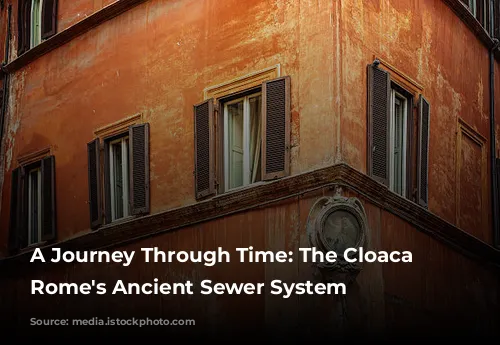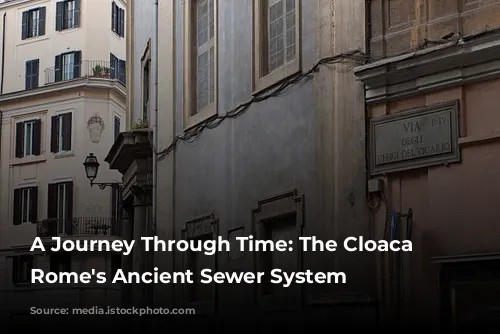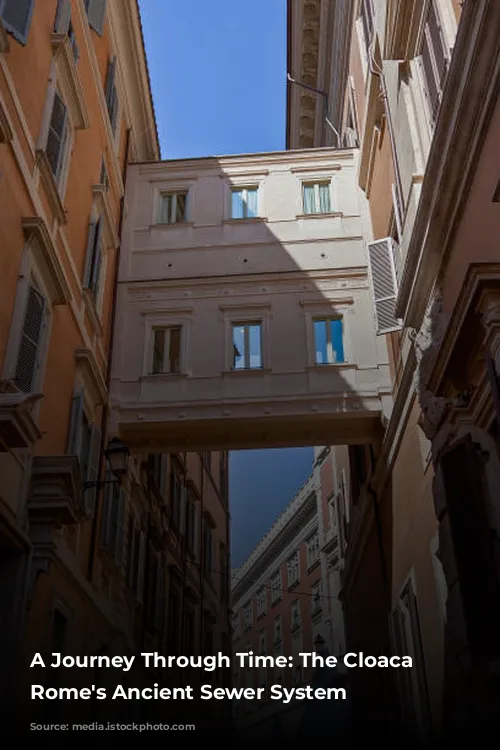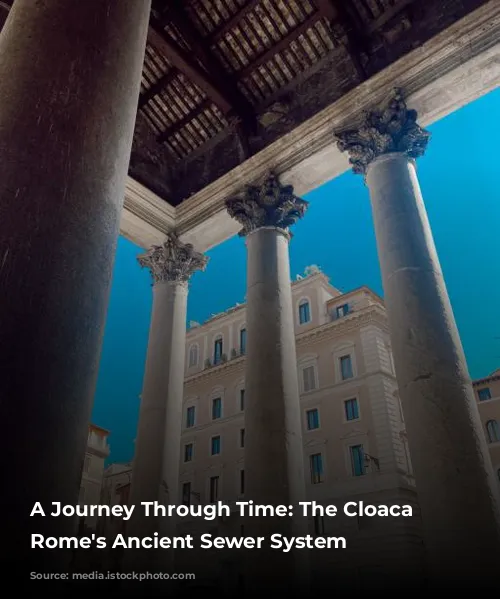Imagine a city bustling with life, but without modern sanitation. Now, imagine a monumental tunnel large enough to walk through, built over two thousand years ago, that carried away all the city’s waste and rain water. This is the Cloaca Maxima, Rome’s oldest large infrastructural project and a testament to Roman engineering brilliance.
The Origins of Rome’s Sewer
The Cloaca Maxima began as a simple, open drainage canal following the path of a natural stream. As Rome grew, so too did the canal, expanding to accommodate the city’s needs and new civic buildings. Eventually, the canal was covered over, transforming it into Rome’s first underground sewer system. This transformation marked a significant milestone in sanitation and hygiene for the ancient Romans.
A Sophisticated System
The Cloaca Maxima was an integral part of a sophisticated urban water system, managed by Marcus Agrippa, Rome’s first water commissioner. He ensured the city’s clean water supply by overseeing the construction of new aqueducts, improving street cleaning, and expanding the sewer network. The aqueducts provided water for public baths, fountains, and palaces, and their overflow was channeled into the sewers, keeping them clean and free of blockages.
A Symbol of Roman Engineering
Unlike modern sewage systems, the Cloaca Maxima primarily served to carry away surface water. It played a vital role in the health and sanitation of Rome’s public areas, but offered little relief to crowded residential areas. Despite this, the Cloaca Maxima was a marvel of engineering, a source of pride for Romans, and sometimes even showcased to visitors. The Roman historian Pliny the Elder wrote of the sewer’s remarkable durability: “Massive blocks of stone are dragged along the streets, and yet the tunnels do not cave. They are pounded by falling buildings…The ground is shaken by earth tremors; but in spite of all, for 700 years from the time of Tarquinius Priscus, the channels have remained well-nigh impregnable.”
Enduring Legacy
Even centuries later, the Cloaca Maxima continued to inspire wonder, as exemplified by Lewis Mumford, an influential historian and urban planner. He wrote of the sewer’s long-lasting structure: “With its record of continuous service for more than twenty-five hundred years, that [sewer] structure proves that in the planning of cities low first costs do not necessarily denote economy… on these terms, the Cloaca Maxima has turned out to be one of the cheapest pieces of engineering on record.”
A Timeless Wonder
While the Cloaca Maxima may be a relic of the past, it serves as a powerful reminder of the Romans’ engineering prowess, political foresight, and dedication to improving the lives of their citizens. The Cloaca Maxima is a testament to the lasting impact of good infrastructure and its vital role in shaping civilizations. Even though it may no longer carry water, its significance remains, a tangible link to ancient Rome and a beacon of human ingenuity that continues to inspire us today.
